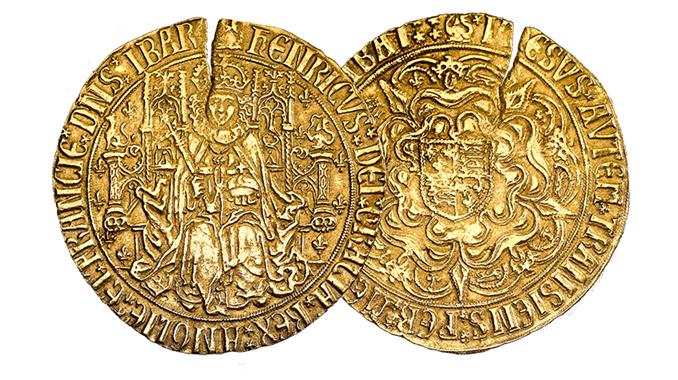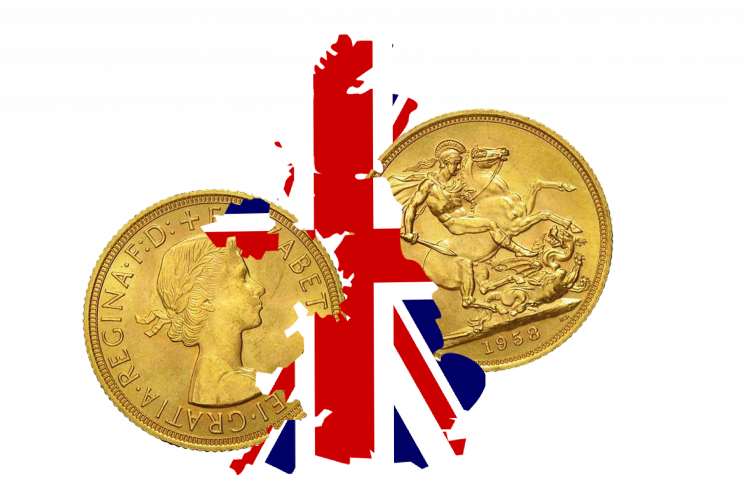As commercial exchanges flourished, metal currencies gradually became more and more important, starting from antiquity. In addition, many countries use gold to produce coins to promote its commercial use and get visibility.
At first, gold coins were simple circulation coins, intended for commercial use. Nevertheless, collectors’ interest in numismatics has slowly developed. In recent decades, the value of the metal has significantly exceeded the face value of the coins minted. Mints now produce them mainly for investment or commemoration purposes.
Over the years, countless gold coins of all types have circulated. But they don’t generate the same enthusiasm among numismatists and investors. Across the world, there are various currencies that have been praised over the years.
In this thrilling mini-series, discover or rediscover the history of more than 15 fabulous coins that have marked their times. From the gold Sovereign to the Vienna Philharmonic, gold will never cease to amaze us!
No.1: 1 Gold Sovereign and Half Gold Sovereign
The Sovereign Gold was created in 1489 at the request of King Henry VII of England. This coin depicts the portrait of the king himself, dressed in his coronation costume. Its only purpose was to express England’s stability and the greatness of its monarch. The coin was too large and cumbersome, which led to the termination of its emission in 1604.

In 1817, the modern version of the coin was created, definitely fixing its total weight, gold weight and diameter.
The British government then encouraged the use of the Sovereign Gold and the Half Sovereign Gold as currency. Having become popular coins in circulation, they were also used in international trade and in foreign countries.
In the 1850s, the Royal Mint built branches in three Australian cities – Sydney, Melbourne and Perth – as well as in India, South Africa and Canada. These international branches have produced Sovereigns for the British Empire that can be distinguished by their own mint marks on each coin: an “S” for Sydney, an “M” for Melbourne, a “P” for Perth, an “I” for Bombay, an “SA” for Pretoria, and a “C” for Ottawa.
From circulation to bullion coin
From 1914 onward, the British government reintroduced paper money and encouraged its use at the expense of the Sovereign Gold and the Half Sovereign Gold. They were therefore no longer circulation currencies but became investment coins.
Since 1979, the Sovereign has been issued as a coin for the gold market, but also as a “proof coinage” for collectors. This issue of quality proof coins continues annually with special editions for collectors only, not for the gold market.

The Sovereign Gold weighs 7,988 grams, measures about 22.05 mm in diameter, and contains 7.32 grams of pure gold.
The history of the Sovereign is very rich and has been going on for centuries. This explains the fact that there are many different models of the Golden Sovereign or the Half Sovereign Gold.
The obverse features a bust of the British sovereign in power at the time of the issue. Here it features Queen Elizabeth II. Regardless of the king or queen in power, they name surrounds the portrait of the bust on the coin, followed by inscriptions that depend on the model. Here we can read “Elizabeth II – Dei Gratia – Regina F:D:” meaning “Elizabeth II, by the grace of God, Queen-Defender of the Faith”.
The obverse of the British sovereign has changed over the centuries. However, the reverse has remained the same since the resumption of production in 1817: Saint George slaying the dragon. In addition, the date of issue is under the engraving and we can also see the initials of the engraver Benedetto Pistrucci “B.P.”.
The half Sovereign Gold weighs 3.99 grams, measures about 19.30 mm in diameter and contains 3.66 grams of pure gold.
Next article: Gold Ruble (2/15)

